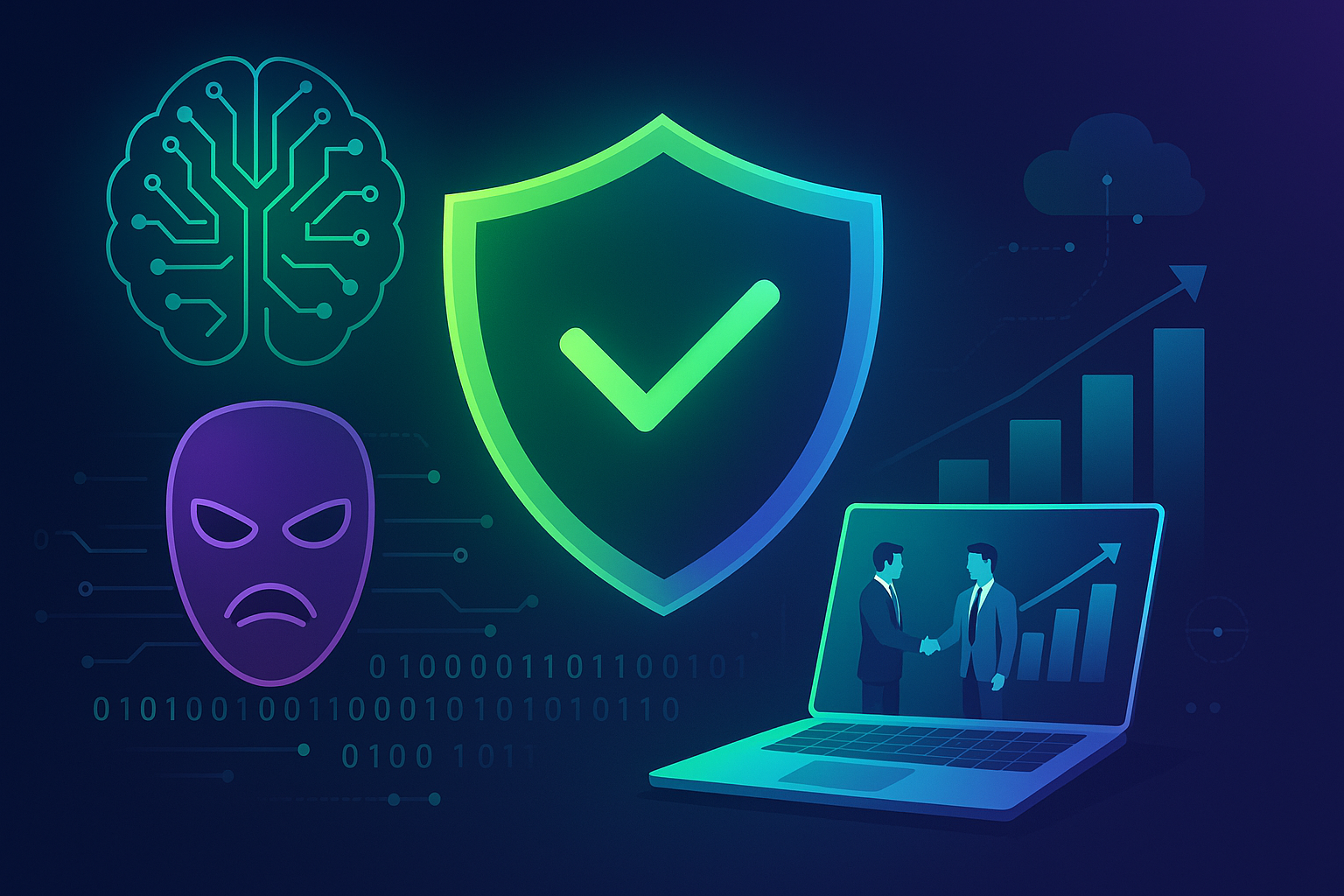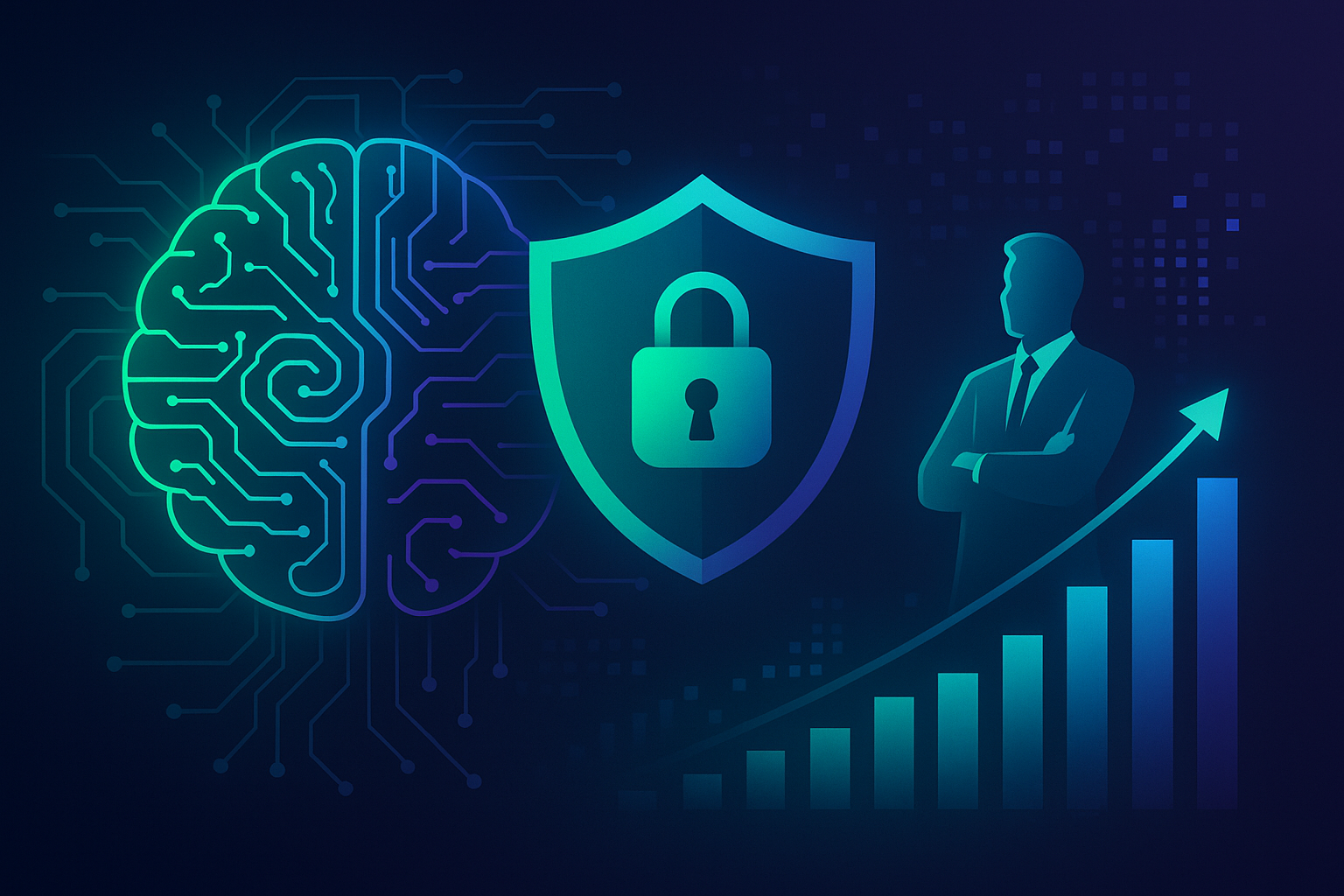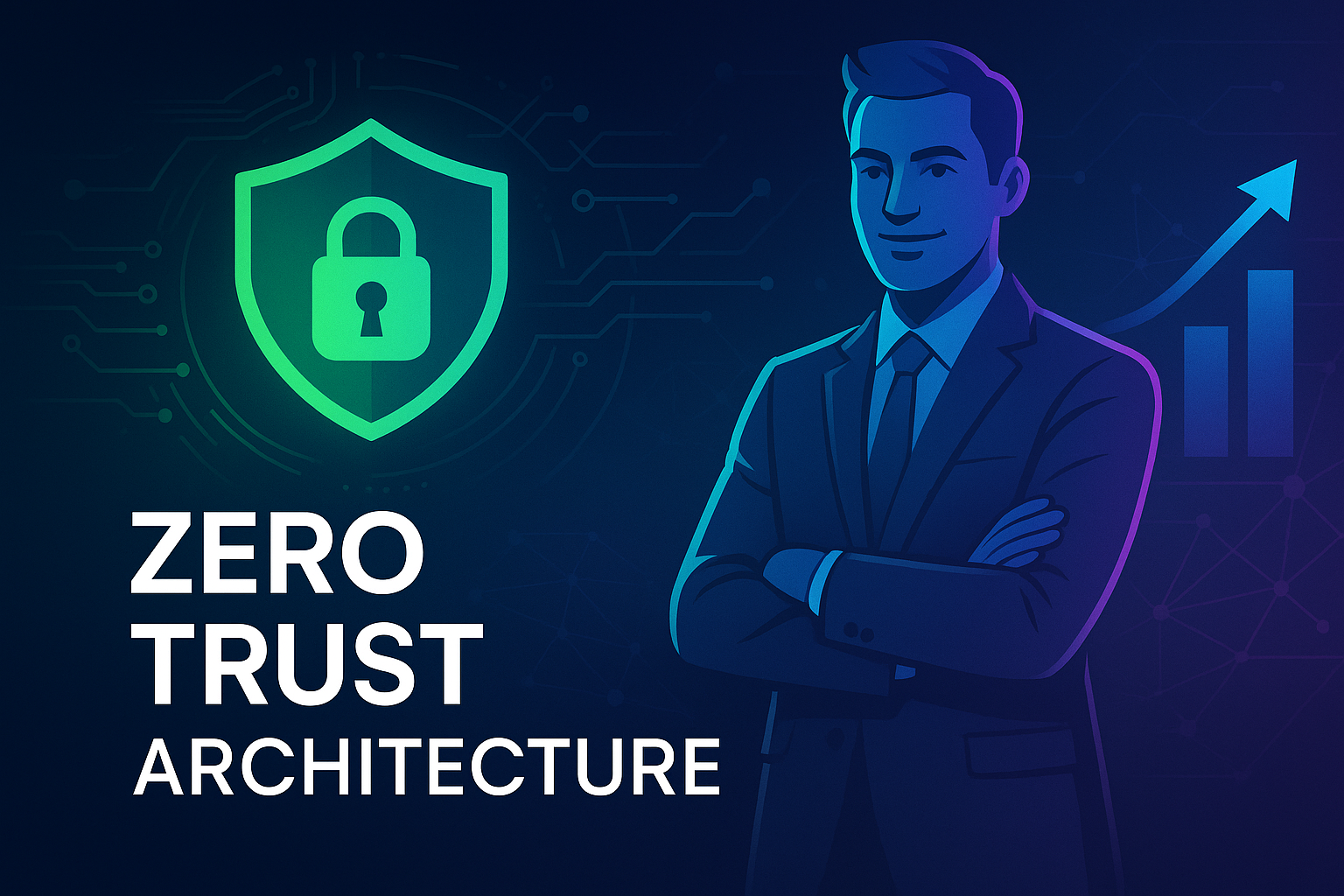Understanding the Threat Landscape: North Korean Cyber Threat Groups in 2024
With the rapid advancement of technology and increasing dependence on digital platforms, cyber threats have become one of the primary concerns for businesses worldwide. North Korean cyber threat groups have consistently posed significant security challenges internationally. This article delves into the current threat assessment of North Korean cyber groups in 2024, offering in-depth insights to aid European businesses in strengthening their cyber defense strategies. By examining the tactics, techniques, and tools utilized by these groups, businesses can better prepare and implement robust cybersecurity measures.
The Rising Threat of North Korean Cyber Groups
In recent years, North Korean state-sponsored cyber threat actors have increasingly targeted businesses and governments across the globe. Reports suggest these groups are enhancing their capabilities to conduct complex cyber operations, primarily focusing on financial gain, espionage, and destabilizing critical infrastructure. The ongoing threat assessment on these actors highlights the persistent nature and evolving sophistication of their cyber activities.
For instance, groups such as Lazarus, APT38, and Kimsuky have been implicated in high-profile attacks, leveraging advanced malware and social engineering tactics to infiltrate networks. According to Palo Alto Networks, these groups are adept at executing long-term campaigns that often go unnoticed until significant damage is inflicted.
Tactics, Techniques, and Procedures (TTPs)
The TTPs employed by North Korean hackers are constantly evolving. These groups utilize spear-phishing, zero-day vulnerabilities, and multi-stage malware to exploit system weaknesses. Their ability to exfiltrate sensitive data without detection showcases their proficiency in navigating complex network environments.
Given these advanced methods, businesses need to adopt an EDR, XDR, and MDR strategy to enhance threat detection and response capabilities. By employing endpoint detection and response (EDR), businesses can monitor and analyze activities across all endpoints in their network. XDR provides an extended detection and response framework, correlating threat data from various sources to offer a holistic view, while managed detection and response (MDR) services offer continuous monitoring by security experts to quickly remediate threats.
The Impact on European Businesses
European businesses, along with governmental agencies, have increasingly become targets of North Korean cyber threats. These attacks aim to disrupt operations, steal intellectual property, and cause financial losses. As such, institutions within the European Union must prioritize cybersecurity measures to safeguard their assets and maintain business continuity.
An effective approach is utilizing a Next Generation Firewall (NGFW). NGFWs offer comprehensive security protections by filtering network traffic based on port, protocol, and the application being accessed. This adds a critical layer of defense against sophisticated attack vectors employed by North Korean threat actors.
Enhanced Security Solutions
To mitigate potential risks, integrating solutions like Vulnerability Management as a Service (VMaaS) can be pivotal. VMaaS helps organizations identify, classify, and remediate vulnerabilities in their systems efficiently. Regular vulnerability assessments are essential to maintaining a strong security posture, allowing businesses to address potential weak spots before attackers can exploit them.
Moreover, establishing a robust SOC as a Service (SOCaaS) and Industrial SOC as a Service operational 24×7 can provide continuous monitoring and threat analysis. This ensures immediate response to any emerging threats and minimizes the potential damage by addressing incidents in real-time.
Building Resilience Against Cyber Threats
To bolster defenses against North Korean cyber threats, businesses must elevate their security strategies with proactive measures. Incorporating Cyber Threat Intelligence (CTI) is crucial for understanding potential threat actors and anticipating their moves. CTI provides contextual awareness and insights, allowing organizations to preemptively adjust their defenses based on the latest intelligence.
Preventing Data Breaches
Data breaches are a major concern with these threat groups, who target confidential information to exploit for financial gain or leverage in espionage. Implementing Data Loss Prevention (DLP) strategies can prevent unauthorized access and extraction of sensitive data, safeguarding against unwanted data exposure.
Additionally, organizations that engage in e-commerce or have a significant web presence should prioritize deploying a Web Application Firewall (WAF). WAF protects web applications by filtering and monitoring HTTP traffic between a web application and the Internet. It effectively guards against attacks such as cross-site scripting (XSS), SQL injection, and other web application threats that North Korean groups are likely to exploit.
The Path Forward
As North Korean cyber threat groups continue to enhance their tactics and target critical industries, the onus lies on businesses to fortify their digital infrastructures. By leveraging cutting-edge cybersecurity solutions provided by experts, such as Hodeitek’s wide range of services, organizations can stay a step ahead. These solutions not only offer protection but also provide insights into emerging threats tailored to specific organizational needs.
For tailored cybersecurity solutions or consulting on how to better protect your organization, visit our contact page for more information. Act now to secure your assets and protect your business against escalating cyber threats.
Conclusion
In conclusion, the threat posed by North Korean cyber groups is formidable and continues to grow more sophisticated. By understanding their methodologies and strengthening cybersecurity defenses, European businesses can effectively mitigate these risks. Leveraging advanced cybersecurity services—ranging from NGFW and SOC as a Service to CTI and DLP—ensures that organizations are not only prepared but resilient against future cyber challenges. Embrace proactive measures and robust defense strategies to secure your enterprise in 2024 and beyond.






